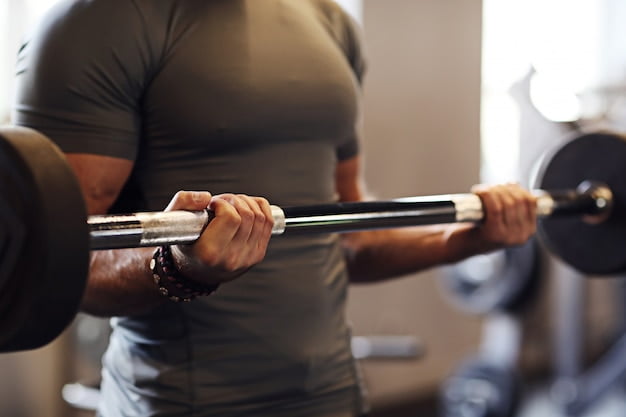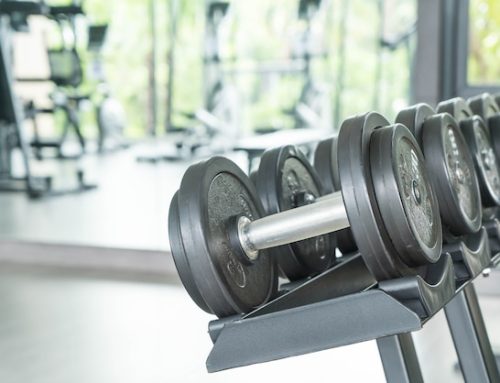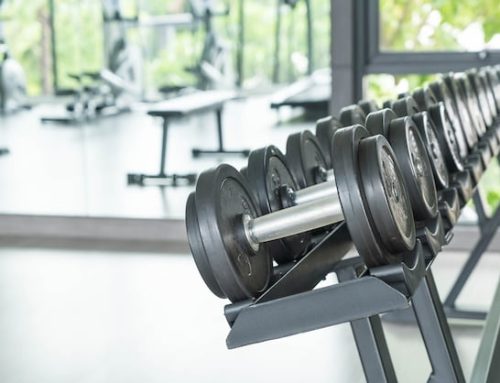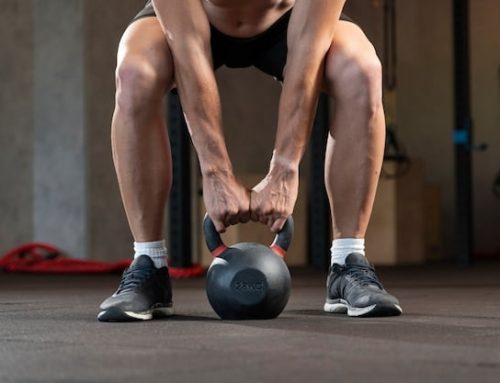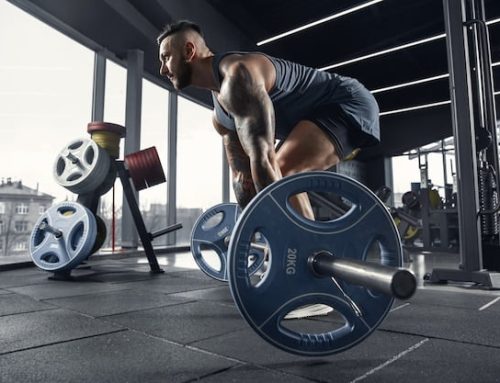Introduction
One of the most common questions people ask when they start lifting weights is: How heavy do weights need to be to build muscle? It’s a good question. After all, if you’re putting in the time and effort to work out, you want to make sure you’re doing it right. In this article, we’ll discuss the factors that determine how heavy you should lift, and the science behind muscle growth.
The Science Behind Muscle Growth
Before we dive into the specifics of how heavy you should lift, let’s review the science behind muscle growth. When you lift weights, you create micro-tears in your muscles. Your body then repairs these tears, building stronger muscle fibers in the process. This is why lifting weights is such an effective way to build muscle mass. However, lifting weights that are too light won’t create enough micro-tears, and lifting weights that are too heavy can lead to injury.
Determining How Heavy to Lift
So, how do you determine the right weight to lift? It depends on a few factors. First, consider your fitness level. If you’re new to lifting weights, you’ll want to start with lighter weights to avoid injury. As you become more comfortable with lifting weights, you can gradually increase the weight.
Second, consider your goals. If you’re trying to build muscle mass, you’ll want to lift heavier weights with fewer repetitions. If you’re trying to increase endurance, you’ll want to lift lighter weights with more repetitions.
Using the Right Weight for Your Goals
To build muscle mass, you’ll want to lift weights that are heavy enough to create micro-tears in your muscles, but not so heavy that you can’t complete the exercise with proper form. A good rule of thumb is to choose a weight that allows you to complete 8-12 repetitions with proper form. If you can lift more than 12 repetitions, the weight is too light. If you can’t complete 8 repetitions, the weight is too heavy.
Tracking Your Progress
It’s important to track your progress as you lift weights. This will help you determine if you’re lifting the right weight for your goals. If you’re not seeing the results you want, it may be time to increase the weight.
One way to track your progress is to keep a workout journal. Write down the exercises you do, the weight you lift, and the number of repetitions. This will help you see if you’re making progress over time.
Conclusion
In conclusion, the weight you should lift depends on your fitness level, your goals, and your ability to complete the exercise with proper form. To build muscle mass, choose a weight that allows you to complete 8-12 repetitions with proper form. Remember to track your progress and adjust the weight as needed. With the right weight and consistency, you can build strong, healthy muscles.
| The Right Weight for Your Goals | Repetitions |
|---|---|
| To Build Muscle Mass | 8-12 |
| To Increase Endurance | 15-20 |
| Tracking Your Progress | Benefits |
|---|---|
| Workout Journal | Helps track progress |
| Progress Photos | Visual representation of progress |
